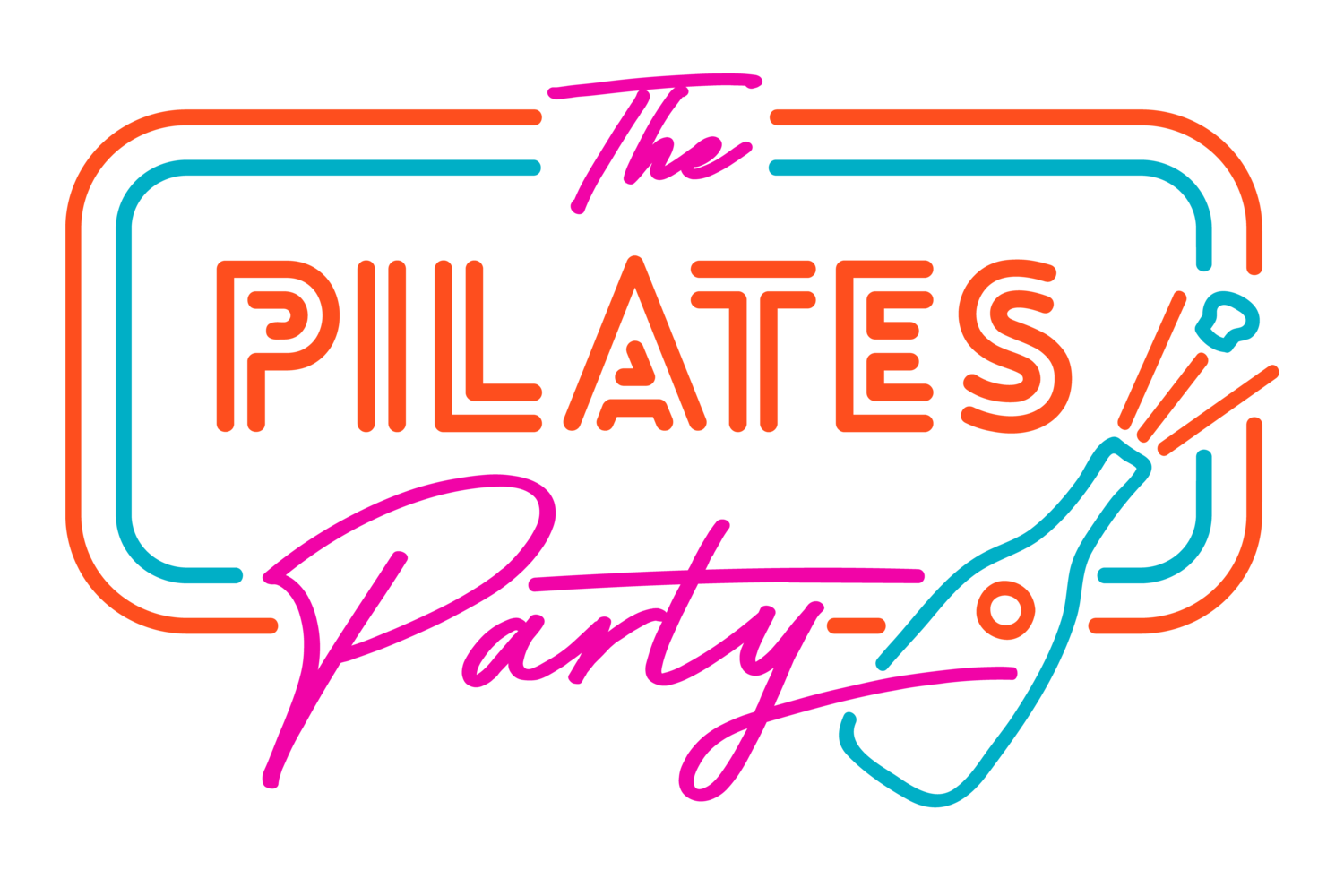When to enlist the help of a modification
The slow down that keeps your body happy and injury-free
Modifications. I get it, they’re not everyone’s favorite.
But listening to your body and being able to notice the difference between a challenging exercise and one that is actually hindering your progress is a suuuuuper important skill and one that will come up again and again if you plan to keep moving the rest of your life.
Here are 3 of my favorite ways to know when it’s time to modify an exercise:
You’re feeling pain
The #1 clue! Pain is your body’s way of communicating with you. Feeling pain - and not the good kind - in a movement or after a class is an indicator that you may need to change things up.
You notice an exercise in places you shouldn’t
While many exercises in the Pilates system target multiple muscle groups, that doesn’t mean those muscle groups should be working all the time. Feeling extra fatigue or even pain in places you shouldn’t - think your lower back in a plank - means it’s time to slow everything down and take a step back.
You’re coming back from an injury
Ok, this one is self explanatory, but you wouldn’t believe the number of clients I’ve seen who return from an injury and try to jump right back to where they were pre-injury. If you’re returning to a workout post-injury, it’s important to start slow and use modifications. Taking a slower pace will actually help you recover faster than trying to force your body to get right back to where it was.
Remember, there’s absolutely NO shame in the modification game! Rather, noticing that it might be time to modify is tuning into what your body actually needs. And that’s what’s going to keep you safe, moving and able to take on new challenges in the long run.

